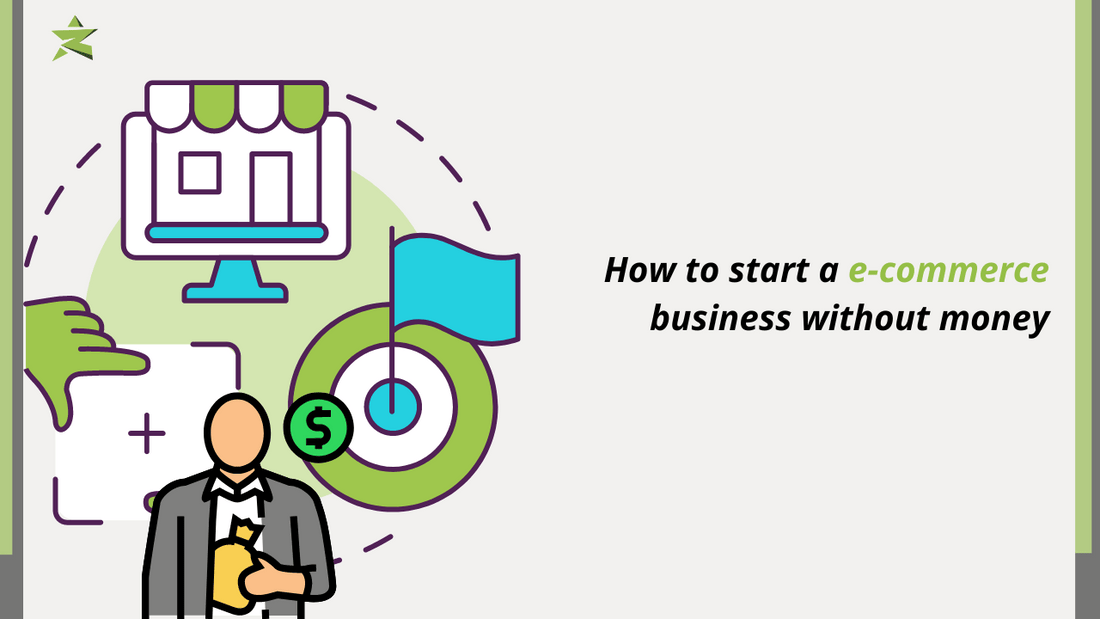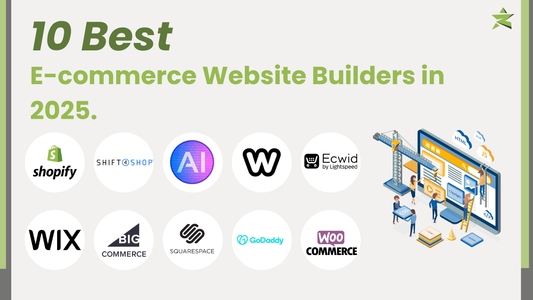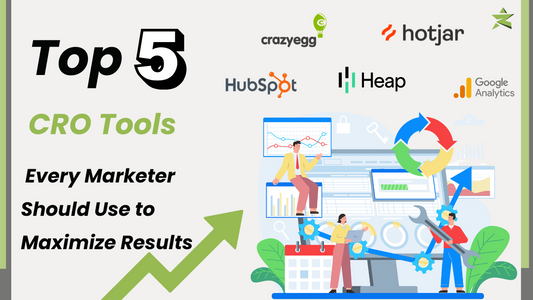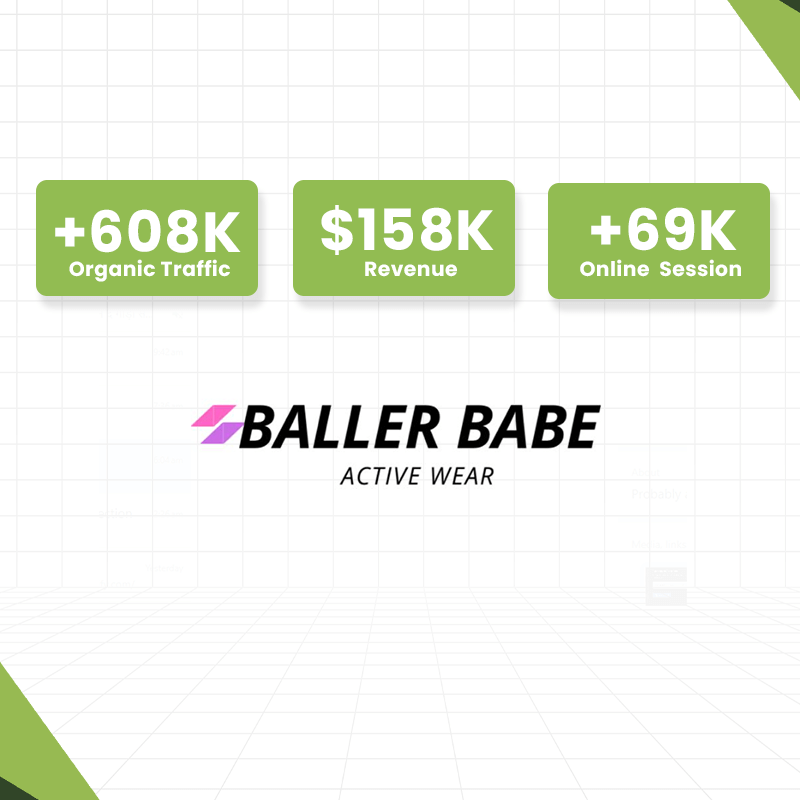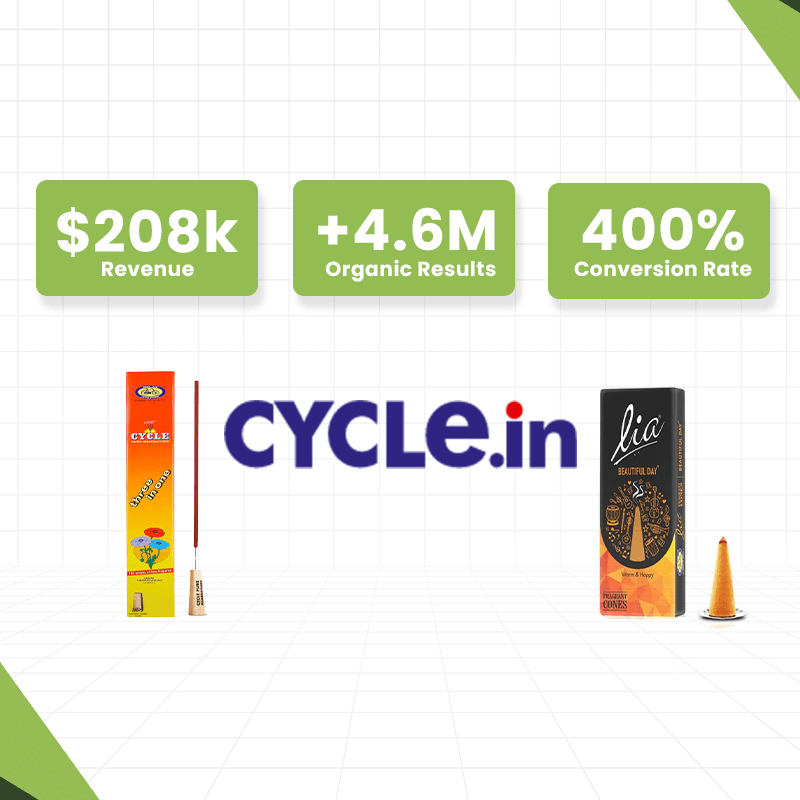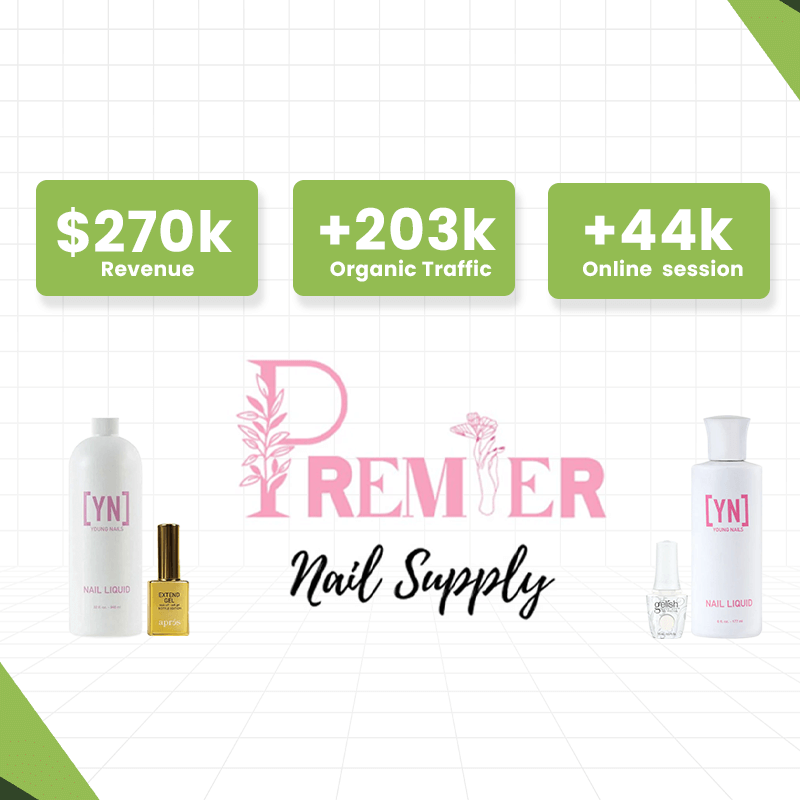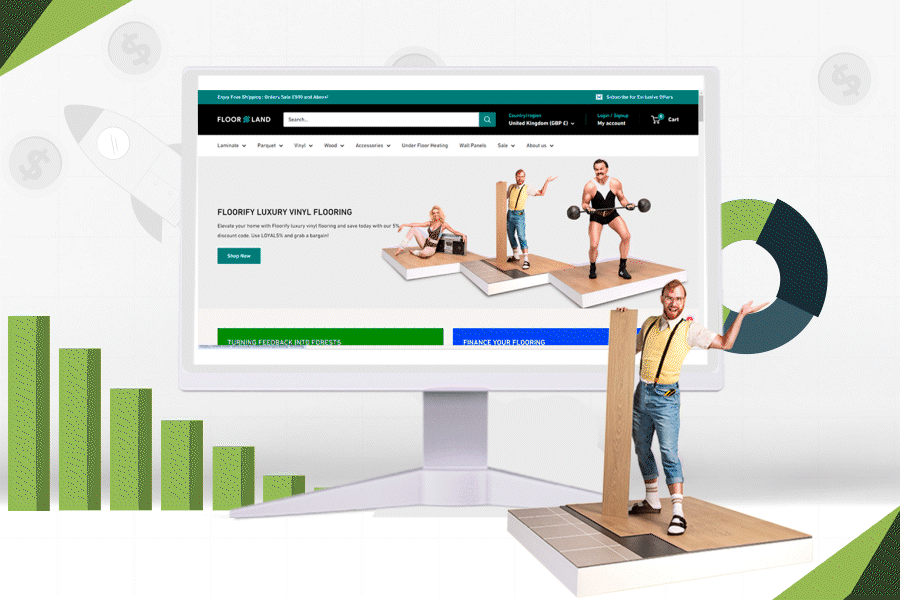Starting an e-commerce business without money might seem like an uphill battle, but with the right strategies, it’s entirely possible. This comprehensive guide will walk you through essential steps to launch your online store, from planning your business model to building a strong brand. By utilizing free tools, innovative funding methods, and effective marketing techniques, you can turn your entrepreneurial dreams into a reality without the need for substantial upfront investment.
Stage 1: Preparation and Planning Your E-Commerce Business
Step 1: Decoding E-Commerce Business Models
Understanding various e-commerce models is critical for success. Choose the right model for your strengths and resources:
- Business-to-Consumer (B2C): Sell directly to consumers, like online retail stores.
- Business-to-Business (B2B): Focus on selling products to other businesses, such as wholesalers.
- Consumer-to-Consumer (C2C): Facilitate sales between consumers, often on platforms like eBay.
- Consumer-to-Business (C2B): Allow individuals to sell products or services to businesses, like freelancers.
Selecting a model that fits your skills will streamline your website setup and marketing strategy.
Step 2: Identifying Your Target Market
Identifying your target market is essential for standing out in a crowded space.
- Research Niches: Explore areas you are passionate about. Utilize tools like Google Trends and Amazon Best Sellers.
- Select a Profitable Target: Look for a balance between passion and market demand while avoiding oversaturated markets.
- Understand Your Audience: Gather insights about customer preferences and pain points to tailor your offerings.
A well-defined target market helps shape your marketing strategies and attracts a dedicated customer base.
Step 3: Creating Your Business Name and Logo
Your business name and logo are your brand’s first impressions.
- Choose an Original Name: Use tools like Shopify’s business name generator for inspiration.
- Design a Logo: Create a visually appealing logo with tools like Canva, ensuring it reflects your brand identity.
These elements are crucial for making your brand recognizable and memorable.
Step 4: Developing a Strong Brand Story
Your brand story connects with customers on an emotional level.
- Share your motivations for starting the business.
- Highlight unique values and missions that resonate with your audience.
Communicating your brand story consistently across channels builds loyalty and differentiates you from competitors.
Step 5: Crafting a Business Plan
A solid business plan guides your efforts and helps secure funding.
- Define your goals, target audience, and value proposition.
- Outline marketing and sales strategies and include competitive analysis.
- Provide financial projections to monitor progress.
Step 6: Securing Finances Without Initial Investment
Explore innovative funding options to start your e-commerce business without upfront costs.
- Bootstrapping: Grow your business by reinvesting profits. Utilize free marketing tools and focus on low-cost products.
- Crowdfunding: Platforms like Kickstarter or Indiegogo can help raise funds by offering rewards for backers.
- Grants: Research local grant opportunities for small businesses, as these do not require repayment.
- Preorders: Sell products before they are manufactured to fund production costs.
These methods demonstrate how to start an e-commerce business without money while securing necessary resources.
Stage 2: Operational Strategies for Your E-Commerce Business

Step 1: Developing Your Product Line
Focus on low-cost product options that resonate with your target audience.
- Digital Goods: Consider eBooks, online courses, or printable designs to avoid inventory costs.
- Print-on-Demand: Use services like Printify to sell custom merchandise without holding stock.
Step 2: Developing Stock-Free Inventory Strategies
Utilize dropshipping and print-on-demand services to manage inventory efficiently.
- Dropshipping: Partner with suppliers to sell products directly without holding inventory.
- Print-on-Demand: Create custom products that are printed and shipped directly to customers upon order.
Step 3: Setting Up Payment and Order Fulfillment Systems
Implement reliable payment systems such as PayPal or Stripe for secure transactions. Consider:
- Self-Fulfillment: Manage your inventory and shipping personally.
- Third-Party Fulfillment: Use services like Amazon FBA for storage and shipping to save time.
Stage 3: Creating an Online Presence

Step 1: Building Your Website with 10Web
Using 10Web’s Ecommerce Website Builder simplifies website creation with a drag-and-drop interface.
- Visit 10Web.io and generate your website using AI.
- Enter your business details, and the AI will create a basic site for you.
Step 2: Choosing the Right Templates and Themes
Select templates that align with your brand and appeal to your audience. Ensure they are mobile-friendly for optimal shopping experiences.
Step 3: Producing Engaging Visual Content
High-quality visuals enhance customer trust and boost sales. Utilize Canva for graphics and showcase products with detailed images.
Step 4: Leveraging Social Media Marketing
Engage potential customers through platforms like Facebook, Instagram, and X.
- Share updates and promotions.
- Participate in community discussions to build your reputation.
Step 5: Harnessing the Power of Email Marketing
Build an email list using sign-up forms on your website, offering incentives for subscriptions. Use free tools like Mailchimp for managing campaigns.
Step 6: Maximizing Organic Search Engine Optimization (SEO)
Implement SEO strategies to improve your visibility.
- Research relevant keywords and integrate them into your content.
- Start a blog to provide valuable insights and establish authority in your niche.
Step 7: Fostering Community and Customer Relations
Engaging with your community builds loyalty.
- Use social media for quick interaction.
- Implement loyalty programs and encourage customer feedback.
Conclusion
Starting an e-commerce business without money is challenging but achievable with strategic planning and the right tools. By selecting an appropriate business model, understanding your target market, and building a strong brand, you can set the foundation for success. Leverage free tools like 10Web’s Ecommerce Website Builder, implement cost-effective marketing strategies, and foster strong customer relations. With determination and smart planning, you can successfully navigate the journey of starting an e-commerce business without significant financial investment.

